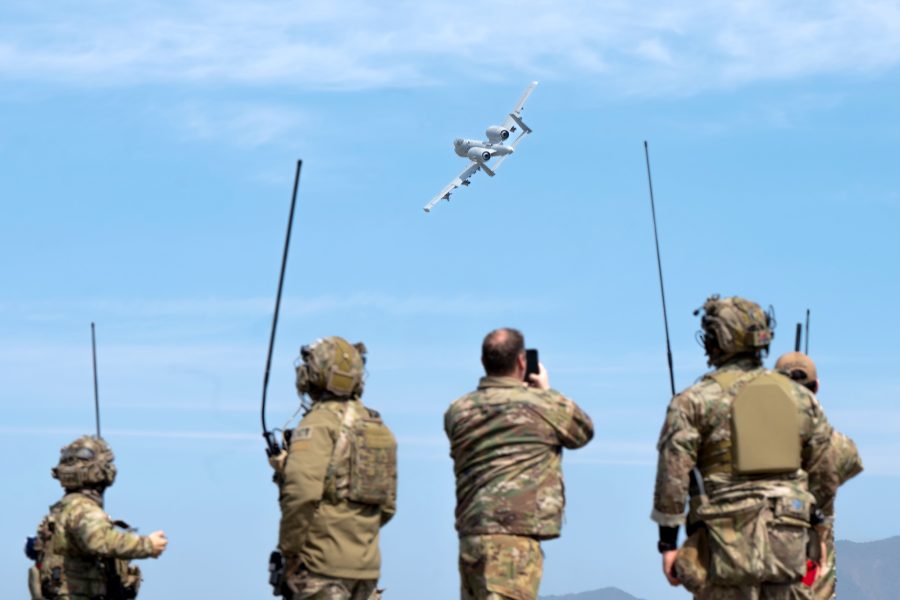Many U.S. troops stationed in South Korea with their families—including at Osan Air Base—will begin serving 36-month tours, up from 24 months, starting with service members arriving in October.
Unaccompanied service members will still serve 12-month tours, and more isolated bases like Kunsan Air Base will not be affected.
“The reasons for this change are to improve operational continuity, enhance mission readiness and provide greater stability for service members and their families,” a U.S. Forces Korea spokesperson told Air & Space Forces Magazine. “Longer assignments reduce turnover, allowing for more experienced personnel to remain in critical roles, leading to increased effectiveness in USFK mission.”
The Department of Defense is rolling out the new policy in phases, beginning with the start of fiscal 2026 on Oct. 1, 2025, with full implementation expected by October 2027. Service members already stationed in the country will not be impacted. The change will apply only to command-sponsored, accompanied troops.
“It enhances mission effectiveness by providing greater stability, improving unit cohesion, and strengthening relationships between service members, their families, and the local community,” the spokesperson added. “By fostering a more stable and supportive environment, the extended tour length contributes to overall readiness and operational success.”
Troops who prefer a two-year tour with their families may be able to have their services request waivers for a shorter stay in Korea, according to a memo released earlier this month.
Tour length for troops is typically determined based on guidelines that consider factors such as the assignment location’s quality of life, including weather, family support, isolation, and the country’s economic and security conditions.
A 36-month deployment for accompanied personnel is common for locations where living conditions are comparable to U.S. standards; bases in the United Kingdom, Italy, Australia, and Japan all have such tours.
More than 28,500 troops are deployed in South Korea, with a significant portion at Camp Humphreys. The base, which supports nearly 40,000 service members and their families, civilian employees, and contractors, hosts U.S. Forces Korea headquarters and a few Air Force units.
The biggest U.S. Air Force base in the country is Osan Air Base, located 40 miles south of Seoul. Osan has around 3,700 Airmen assigned to the 51st Fighter Wing, along with nearly 2,000 personnel in various tenant units. The base offers command sponsorship, with about 2,000 family members living with stationed Airmen.
Osan, the closest American air base to North Korea, is even busier than normal right now due to a yearlong test of an expanded F-16 fighter presence. Last year, the 36th Fighter Squadron received nine F-16s and around 150 Airmen, including pilots, engineers, and support staff, from Kunsan Air Base, boosting its fleet to create a so-called “Super Squadron.”
Officials are evaluating the impact on sortie generation, maintenance, and manpower to assess enhanced combat effectiveness. It is unclear if the shift could be made permanent.
Kunsan is more isolated than Osan, located more than 120 miles south of Seoul in a rural area. The base does not offer command sponsorship positions, meaning the longer tours will not affect Airmen there. It hosts the 8th Fighter Wing and about 2,800 military and civilian personnel, the typical assignment at Kunsan is a one-year unaccompanied tour, with most Airmen living in barracks.
